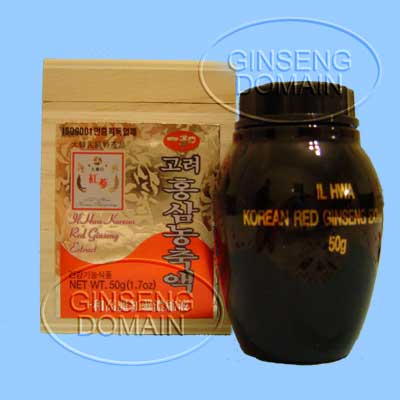Chinese Herbs: Decoctions
Raw, dried Chinese Bulk Herb are traditionally prepared for use as Internal Medicines by simmer cooking a Classical Herb Formula or Herbal Combination composed of several individual herbs. The most effective cooking method traditionally uses a Chinese Ceramic Clay Herb Pot, which are typically available for purchase at most Chinese Food Markets and Chinese Herb Shops. Here is an example of these ceramic pots:
The ceramic clay cooker and its lid should be thoroughly washed and rinsed, both inside and outside, and filled with filtered or purified water up to the bottom of the spout hole on the inside of the pot. Place over high heat until a near boil is reached. The proper temperature of the water has been obtained when steam escapes the surface of the water and tiny bubbles have begun to rise from the bottom of the pot simultaneously.
The Herb Formula or Combination, properly combined according to specific gram weight measurements for each individual herb in the formula, is then placed into the ceramic clay pot, covered with its lid, and the heat reduced to low setting on an electric range top burner, or as low as the flame can be set without extinguishing it on a gas range top burner. It is then allowed to simmer cook for 30-45 minutes, depending on the delicacy of the ingredients combined in the formula. These preparations should never be boiled, as boiling destroys many of the medicinal and nutritional agents inherent in the herbs, and will make the final preparation bitter to the taste.
The properly cooked preparation should be served in a tea cup without a handle, and are considered ready to drink when the cup has cooled enough to be held comfortably in the hand. A natural sweetener can be added to improve the flavor...such as honey, blackstrap molasses, or brown rice syrup...but generally are not sweetened with refined white sugar or artificial sweeteners. Most formulas, however, will not need any sweetener if properly prepared, since the herbs will not have been boiled, but only gently simmer cooked.
Doc Stier





 Reply With Quote
Reply With Quote



